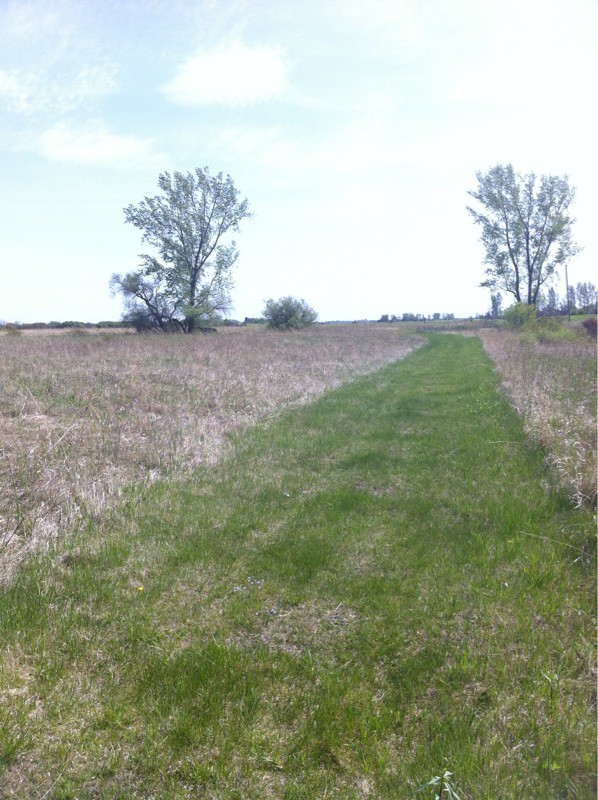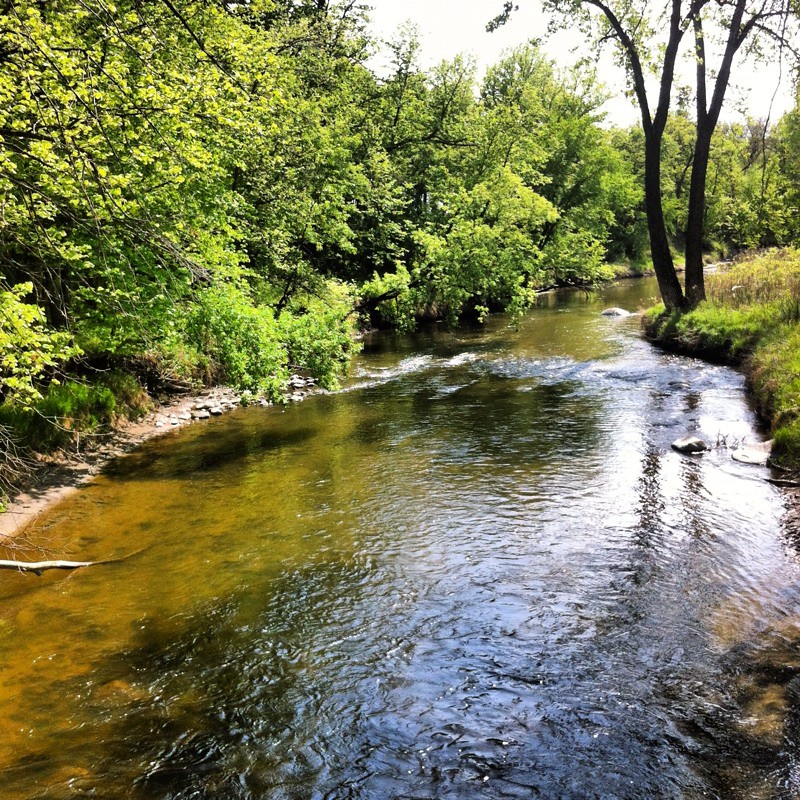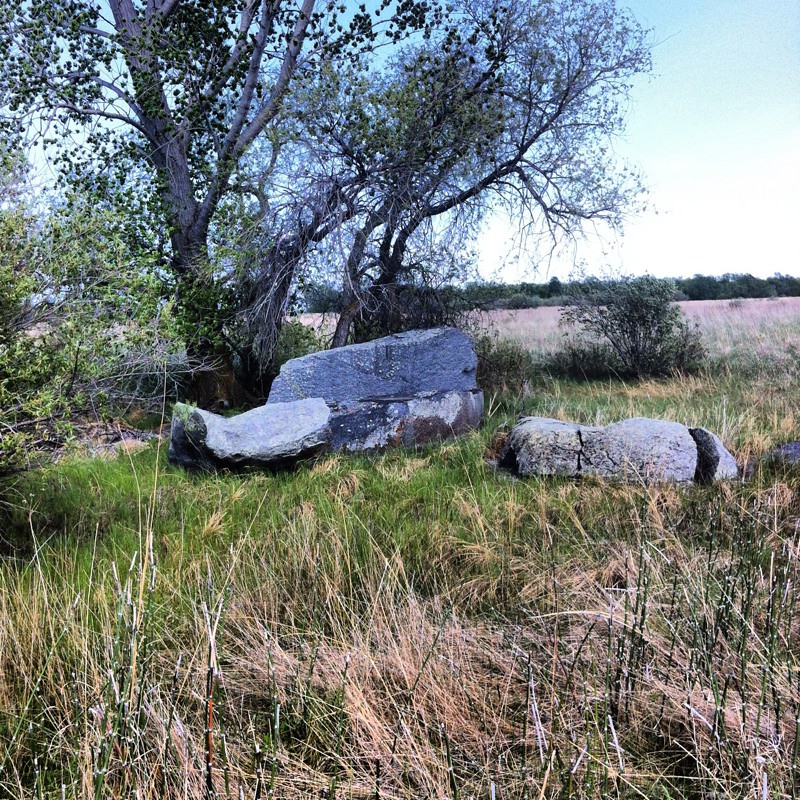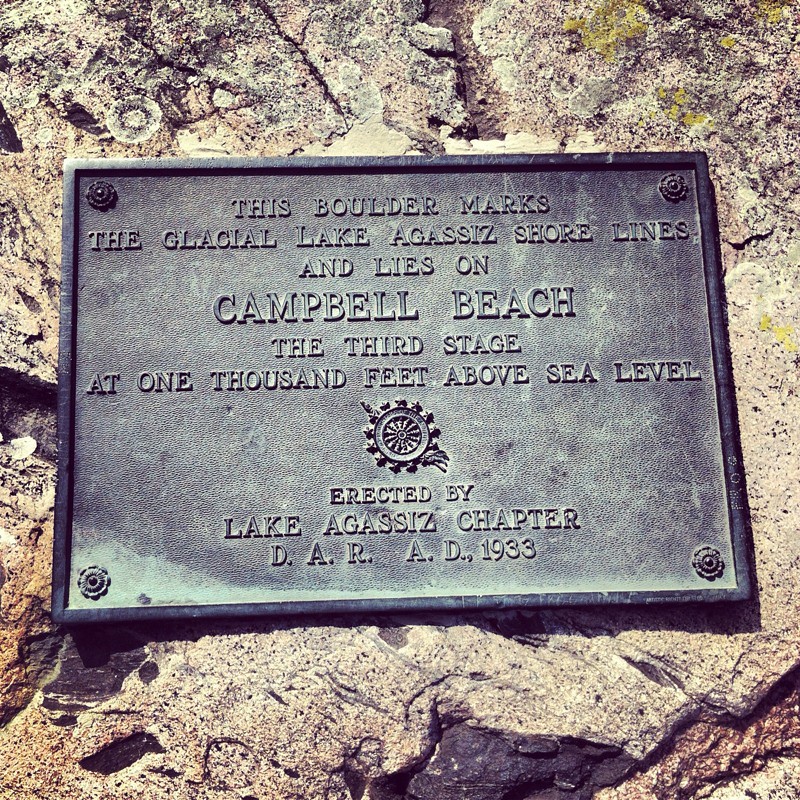
http://reporter.lcms.org/pages/rpage.asp?NavID=19975
LCMS enters fellowship with church in Liberia By Adriane Dorr LCMS President Rev. Dr. Matthew C. Harrison declared fellowship with the Evangelical Lutheran Church of Liberia (ELCL) May 10. This declaration followed the Commission on Theology and Church Relations’ (CTCR) action on April 26 in which recognition of full agreement between the LCMS and ELCL was approved.
“To its great joy, the CTCR discovered that doctrinal agreement exists with the Evangelical Lutheran Church of Liberia,” said the Rev. Dr. Lawrence Rast, CTCR chairman and president of Concordia Theological Seminary, Fort Wayne, Ind. “It was our privilege to recommend that President Harrison declare fellowship with these fellow Christians.” In his official letter to ELCL Bishop Amos Bolay, Harrison wrote, “Church fellowship is not something created by us, but it is a gift from our Lord Jesus that our Lord uses to mutually encourage each of us.” Extensive theological discussions between the LCMS and the ELCL officially began in December 2011, when four LCMS representatives — the Rev. Dr. Albert B. Collver III, director of Church Relations; Dr. David Erber, LCMS missionary to West Africa; Dr.
Mike Rodewald, LCMS Office of International Mission regional director for Africa; and the Rev. Dr. Joel Lehenbauer — visited Bolay and other ELCL church officials in the capital city of Monrovia, Liberia.
“The LCMS is in a position to help us bear witness to our nation,” Bolay told them. “We believe that the LCMS teaches the Bible correctly and holds to the Confessions. We want to have fellowship with the LCMS because we believe the same. If our teaching is not the same as the LCMS’, we seek correction and instruction.” The LCMS and ELCL have young but strong connections. LCMS missionaries first began witness and mercy work in Liberia in the mid-1970s. When the country’s first civil war broke out in 1989, the missionaries and many members and leaders of the ELCL were forced to flee the country, and the LCMS missionaries lost contact with the Liberian Lutherans with whom they had shared a Gospel-centered life.
During this time, however, Liberian Lutherans continued to gather together and also to share the Gospel with others. Four primary groups of Lutherans endured and even grew, despite the devastating effects of the war. These groups were formed when, due to the Second Liberian Civil War (1991-2002), Liberians were scattered about the region, coming into contact with other Lutherans and Christians from other backgrounds who also had been forced to flee their homes. The solid, biblical teachings of the Lutheran churches provided consolation and encouragement for their own members and for others who came to share their convictions.
(One of those new Lutherans was Bishop Bolay). After the fighting ceased, the amalgamation of these four groups formed the basis for the ELCL, which officially formed in 2009.
That church’s difficult start, however, has not been quickly forgotten. Recent media coverage of the trial of Charles Taylor, the former Liberian dictator, brought to light the suffering and persecution the people of Liberia experienced during the war.
Taylor was found guilty of committing war crimes against the Liberian people April 26, 2012.
The ancient church father Tertullian wrote, “The blood of the martyrs is the seed of the Church.” The ELCL is proof of this, believes Collver: “The Liberian civil war, which brought much harm and evil, was used by the Lord for good. The dispersion of Lutherans during the civil war actually spread the church by putting people in contact with others.” The church now includes about 150 congregations, 16 schools and an estimated 5,000-6,000 members.
The relationship between the ELCL and the LCMS remained strong following the war — so strong, in fact, that Bolay explained, “We in Liberia feel we are a LCMS church. You ask why? You are the church that started us.” More recently, church officials in the ELCL requested that LCMS pastors ordain Liberian candidates for the Office of the Holy Ministry. “We were told that LCMS missionaries could not conduct the ordinations because we were not LCMS,” said Bolay. “This hit us hard because we thought we were LCMS. It was an awakening for us and made us desire even more to join the LCMS in partnership.” On behalf of the ELCL, Bolay then officially requested fellowship talks during his visit to St. Louis for the International Disaster Response Conference for Lutherans in October 2011. Those very discussions, which took place in December 2011 and concluded in January 2012, became the subject of an official report prepared by Collver and Lehenbauer. The report was presented to the CTCR at its April 26-27 meeting in St. Louis, and the commission voted unanimously to recommend that the LCMS enter into fellowship with the ELCL.
The process by which churches such as the ELCL can potentially enter into fellowship with the LCMS has changed substantially due to a bylaw amendment passed at the 2010 Synod convention. Instead of waiting for approval by vote at the next convention, a “small, formative, or emerging confessional Lutheran church body” may now request fellowship, and “after consultation with the Praesidium and approval by the commission [CTCR], such recognition may be declared by the president of the Synod subject to the endorsement of the subsequent Synod convention” (LCMS Handbook, 3.9.5.2.2c).
The CTCR, too, looks forward to working together with the ELCL for the sake of the Gospel. “We are excited to cultivate a sense of walking together and working together side by side,” noted Lehenbauer.
Harrison’s declaration of fellowship between the two churches was met with great thanksgiving by the leadership of both the LCMS and the ELCL. “This is joyous time for the Lord’s Church when unity of confession is recognized,” said Collver.
“This is joy unspeakable and full of glory,” agreed Bolay. “The church of Liberia had long desired this fellowship and wishes to extend grateful thanks to all of you who helped to make this possible.” Adriane Dorr is managing editor of The Lutheran Witness.
Posted May 11, 2012.
Return to Top
Archive Date: June 11, 2012 Prepared by the Division of News & Information, LCMS Communications
FridayMay 11, 2012 Search Reporter
- Posted using BlogPress from my iPad
Location:Summer Tree Dr,Ballwin,United States
















